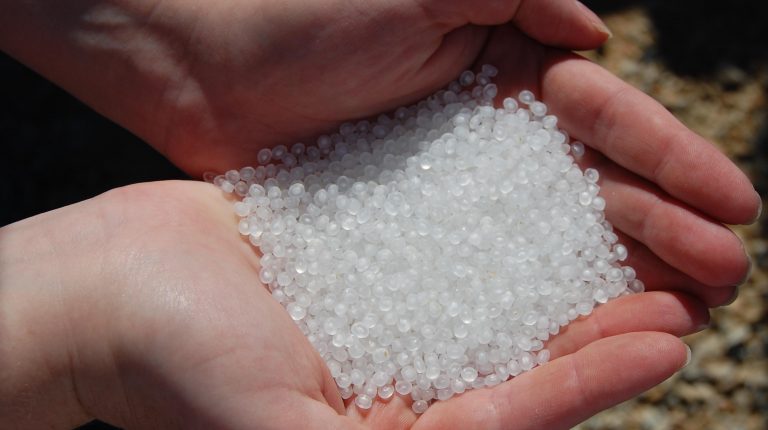With Canada Water Week coming to an end on World Water Day, there’s no shortage of information about water health, safety, and sustainability floating around. But one topic emerging above all others this week is about what you put on your face, or more specifically, what ends up down the drain.
Many people are horrified to learn that their face cleanser is actually polluting the water we drink and, indeed, poisoning the fish we eat. Marcus Eriksen, research director of the 5 Gyres Institute, has spent several years studying microplastics in the world’s oceans. In 2012, he took samples from Canada’s Great Lakes and was shocked to find plastic bits smaller than any he and his team has ever seen (Thehighest abundance measured was 466,000 particles/km2 with an average of 43,000 particles/km2)*. They soon realized what the smaller bits were: the tiny microbeads found in facial scrubs.
Armed with the science that the Great Lakes were among the highest concentration of microplastics, Eriksen launched a Corporate Social Responsibility campaign asking manufacturers to voluntarily remove the plastic from their products. To his surprise, there wasn’t much of a fight, and most companies have pledged to phase out these plastics by 2018! Experts attribute this change to companies like Burt’s Bees and St. Ives, who already use organic materials such as apricot pits and cocoa husks, making the switch to non-plastic simple. Which begs the question: why did anyone think that plastic was a good idea in the first place? If you want to switch products in the meantime and avoid these plastics altogether, there’s an app for that.
This is definitely a win for the Great Lakes and for those who live near them, but there are many more sources of plastics and pollutants in our water. So this World Water Day, take some time to explore the water that surrounds you and learn how you can help ensure that it is safe and free of pollutants for generations to come.









